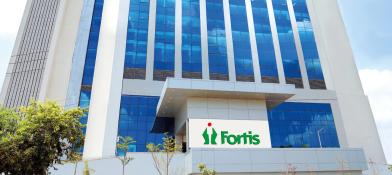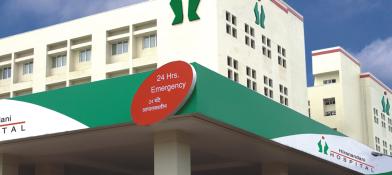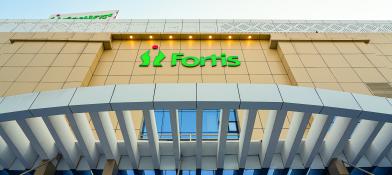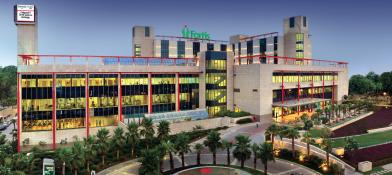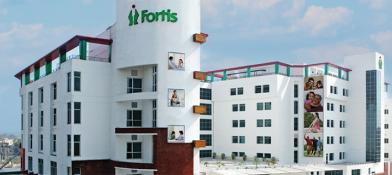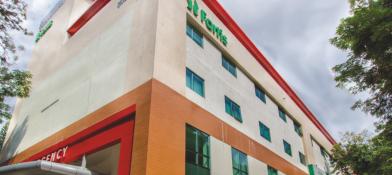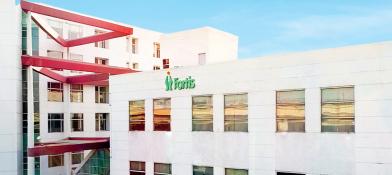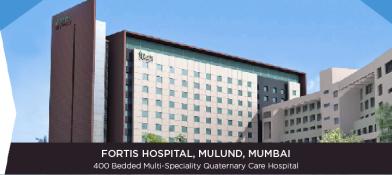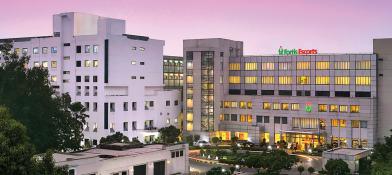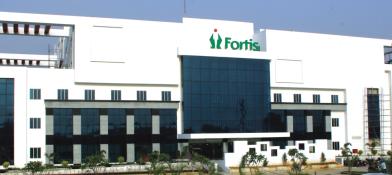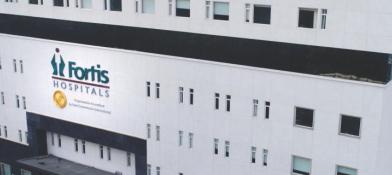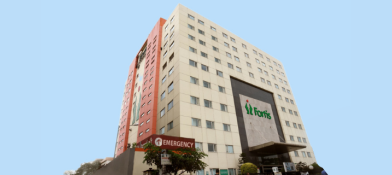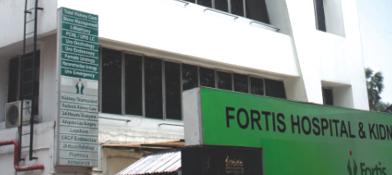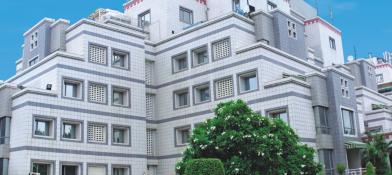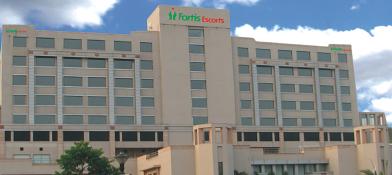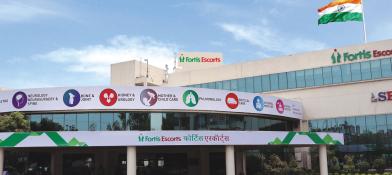Laser resurfacing
Overview
Laser resurfacing is a cosmetic procedure done to the skin that helps reduce acne scars, wrinkles, age spots, and blemishes, tightens skin and balances the tone. It is also called Laser peel, laser vaporization, and Lasabrasion. It is a facial rejuvenation procedure. This procedure enhances the appearance of the skin by repairing the flaws.
Laser Mechanism
The laser uses a light beam to send short, concentrated light pulses at irregular skin. Unwanted and damaged skin is removed layer by layer, causing resurfacing. The outer skin layer (known as the epidermis) is eliminated while simultaneously heating the underlying dermis layer. This generates new collagen fibers, forming firmer and smoother skin.
Indications
Laser resurfacing is used to treat skin conditions caused by aging and damage. Specific skin issues like fine wrinkles, age spots, acne scars due to acne or chicken pox, birthmarks, huge oil gland openings, irregular texture, or uneven skin tone can be treated by this procedure. It also helps to treat the skin exposed to harsh sunlight.
Contraindications
Laser resurfacing is not indicated in pregnancy. It is also not indicated for breastfeeding mothers. It is not shown when an individual is taking acne medications or is undergoing radiation therapy for cancers. It is also not suggested for connective tissue disorders, autoimmune disorders, or infections like cold sores or Herpes infections. Keloid scars, active acne, dark skin, deep wrinkles, and excessively sagged skin are also not indicated for laser resurfacing.
Types of Lasers
Laser resurfacing can be done using two procedures: the ablative technique and the nonablative technique. Ablative lasers remove the superficial skin layer, the epidermis. The underlying dermis is heated, stimulating the growth of collagen. Collagen is a protein that improves the firmness and texture of the skin, making it firmer and smoother. Carbon dioxide (CO2) and erbium lasers are ablative lasers.
Nonablative lasers are less aggressive and less stimulatory than ablative lasers. They have a shorter recovery time when compared to ablative lasers, but the results are less appreciable. Pulsed dye laser along with intense pulsed light therapies are among the nonablative techniques available.
Carbon dioxide lasers treat scars, wrinkles, and deeper skin issues. Erbium lasers promote collagen remodeling to treat fine lines, wrinkles, age spots, and skin laxity. They are better for slightly darker skin. Pulsed dye lasers repair the blood vessels, thus reducing the redness, pigmentation, and rosacea.
Lasers can be given in thousands of tiny beams to repair a small part of the skin. This reduces the recovery time and the side effects. Intense pulsed light is used to repair the skin damaged by exposure to sunlight, a skin condition called rosacea, and hyperpigmentation.
Before the procedure
A certified dermatologist best does LASER resurfacing. Before the procedure, an individual should give complete information about medical history, medications being used like aspirin, isotretinoin, skin diseases, and any past cosmetic or laser resurfacing techniques. Any history of keloid scars or herpetic infections should be informed. Photographs might be taken to compare before with after.
It is better to avoid sun exposure before and after the treatment. Any creams that can darken the skin should not be used. Deep facial peel procedures should be avoided for at least four weeks before getting laser resurfacing. Skin will be assessed for the present condition to discuss the possible changes that can be made.
During the procedure
Laser resurfacing is generally done as an outpatient procedure. A cold local anesthetic gel can be used to numb the area being treated. The entire target area is neatly cleaned. A concentrated beam of light is aimed at the designated area throughout the procedure. This removes the outer epidermis and heats the underlying dermis. This process stimulates the production of collagen, which can increase the tone and firmness of the skin.
After the procedure
A nonstick dressing is used to cover the treatment site for 24 hours. Saline or diluted vinegar is used to clean the treated areas twice to five times daily. Vaseline can be applied at the target area to soothe the skin and prevent scab formation. Cool compresses or ice packs can be applied for fifteen minutes every 1 to 2 hours during the initial days and thereafter. Based on the type of laser and the areas treated, laser resurfacing can range from half an hour to two hours.
Depending on the type, purpose, and the area treated, it takes about five to 21 days for the entire area to heal. Redness of the treated area due to laser subsides in two to six months. Typically, laser resurfacing requires approximately 1 to 3 sessions, varying based on the laser type and the skin condition targeted for treatment. Carbon dioxide laser takes about two weeks to recover. Erbium laser takes about one week to recover.
Risks and contraindications
The main risk of laser resurfacing is hyperpigmentation, which develops in the laser-treated areas. The risk is higher in blonde individuals. This can be corrected by using bleaching creams to reduce the pigmentation. Small bumpy structures called milia form in the laser-treated areas, which can be removed by gentle cleansing.
Bacterial infections can occur in the treated areas, which can be prevented using antibiotics and antiseptic creams. Viral infections can be reactivated, which can be prevented using antiviral treatments. Facial swelling is one of the features of laser resurfacing, along with redness, which can be subsided by using oral steroids.
Conclusion
Laser resurfacing addresses skin imperfections, including wrinkles, scars, and blemishes, by stimulating collagen production and promoting skin renewal. Getting the procedure done under a certified dermatologist and being aware of potential risks such as hyperpigmentation and infection is always advisable. With proper pre- and post-procedural care, laser resurfacing can lead to smoother, firmer, and rejuvenated skin.






